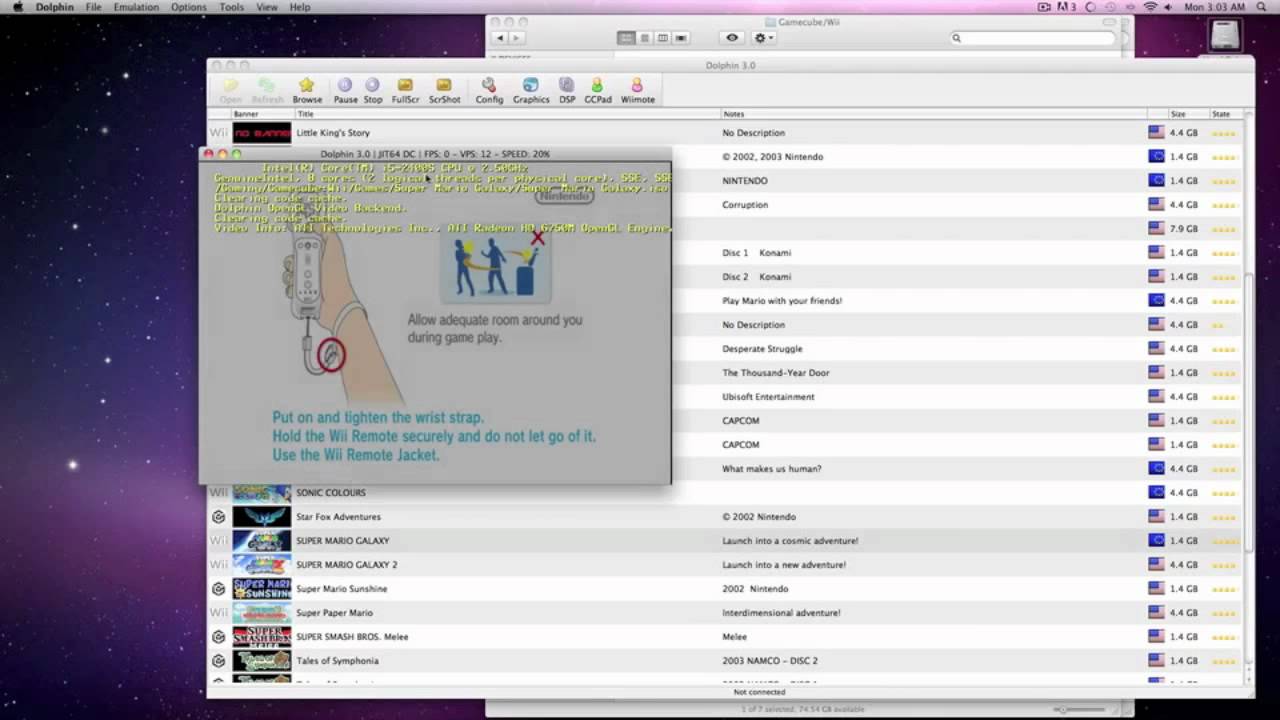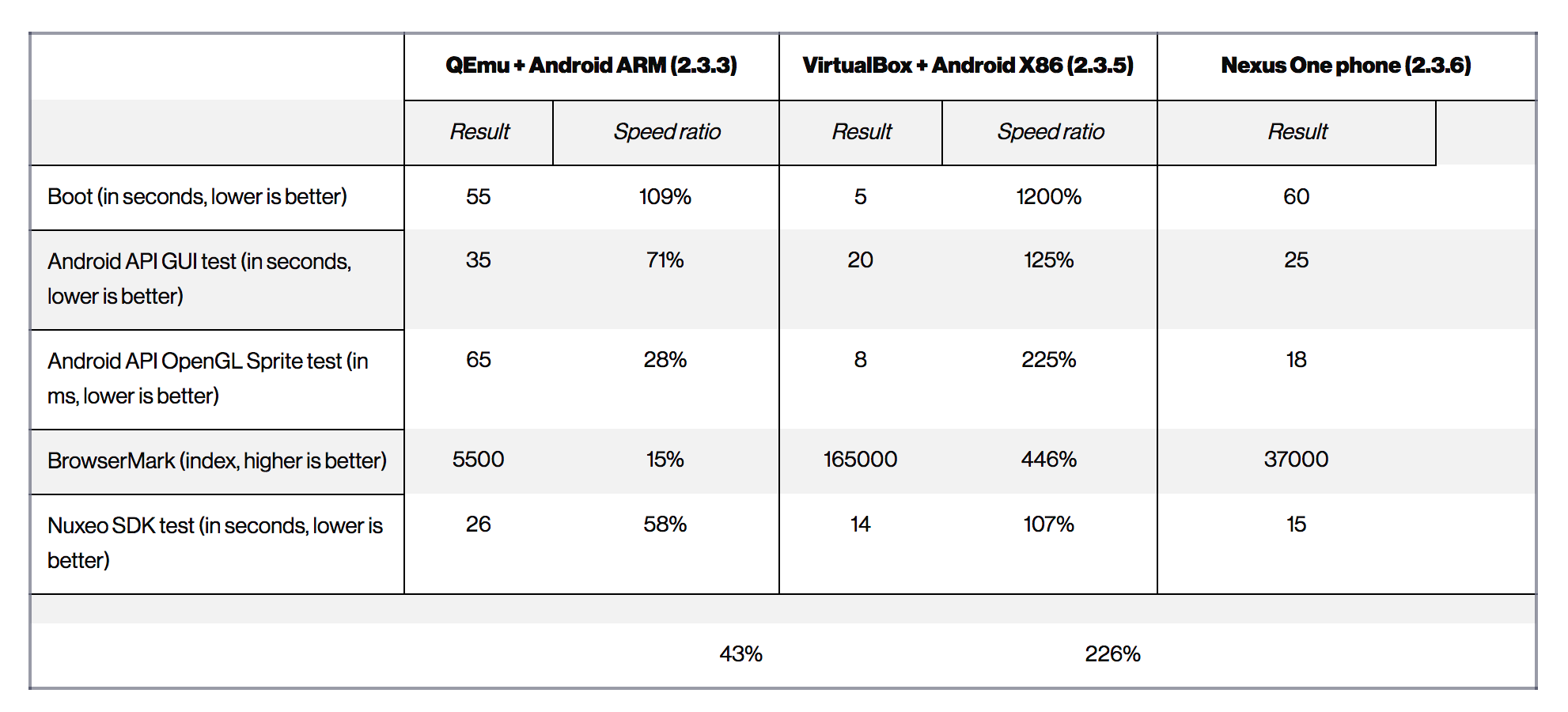

- #How to speed up android emulator on mac install#
- #How to speed up android emulator on mac full#
- #How to speed up android emulator on mac code#
- #How to speed up android emulator on mac download#
Sudo apt-get install qemu-kvm libvirt-bin ubuntu-vm-builder bridge-utils The next step is to install the KVM with command:
#How to speed up android emulator on mac full#
This is not an issue because for that we have, KVM: A full virtualization solution for Linux on x86 hardware.įirst make sure if your processor supports KVM by typing: On the Linux platform, you must have notice the Status which shows “Not compatible with Linux”.
#How to speed up android emulator on mac download#
In Linux, Android studio by default installs the separate package called Intel x86 Emulator Accelerator (HAXM installer), whereas you’ll need to download and install it on the Windows platform which will suerly improves emulator performance. Open Tool Menu -> SDK Manager-> Android SDK Folder, now you are able to find Intel HAXM. These are using a x86/Atom Android's image, and the reason it runs faster is because it do not need to emulate the CPU. If your often fairly up-to-date computer with an Intel® processor has enabled running Intel® Virtualization Technology on Microsoft Windows or Apple Mac OS, then you can use the Intel® Hardware Accelerated Execution Manager (Intel® HAXM), or KVM for Linux. This means that the actual hardware is faster than the Android Emulator, but as said earlier it’s not a big deal to speed up the android's emulator.
#How to speed up android emulator on mac code#
The main reason behind the slow speed is that it emulates the ARM CPU & GPU, which runs x86 code instead of the ARM code that runs on the actual hardware. Although Android's emulator execution is very slow and painful to work with, especially when using it into the debug mode, it can be sped up easily. Leave a comment if you have any question or some other tips for improving the build performance.If you are unhappy with the performance of Android emulator, this blog will help you. Measure build time and process CPU with and without antivirus enabled to see if it is related. But if you switch between branches a lot, then antivirus will rescan files before allowing gradle process to use it, which slows build time (in particular Android Studio sync project with gradle files and indexing tasks). This is obviously a trade off with security.

Step 4: Disable AntivirusĬonsider to exclude project and cache files from antivirus scanning. See all list of parameters here: for details. # Default value: -Xmx10248m -XX:MaxPermSize=256m =-Xmx2048m -XX:MaxPermSize=512m -XX:+HeapDumpOnOutOfMemoryError -Dfile.encoding=UTF-8 # The setting is particularly useful for tweaking memory settings. # Specifies the JVM arguments used for the daemon process. You can speed up your builds by turning on incremental dexing. Step 3: Enable incremental dexign and tweak memory settings The requirement is that all your modules must be decoupled or your build could fail (see for details). The parallel builds setting could be unsafe for some projects. The Gradle Daemon is not enabled by default, but it’s recommend always enabling it for developers’ machines (but leaving it disabled for continuous integration servers). Using the daemon will make your builds startup faster as it won’t have to start up the entire Gradle application every time. # The developer environment is optimized for speed and feedback so we nearly always run Gradle jobs with the daemon. For local developer builds this is our favorite property. # When set to true the Gradle daemon is used to run the build.


 0 kommentar(er)
0 kommentar(er)
